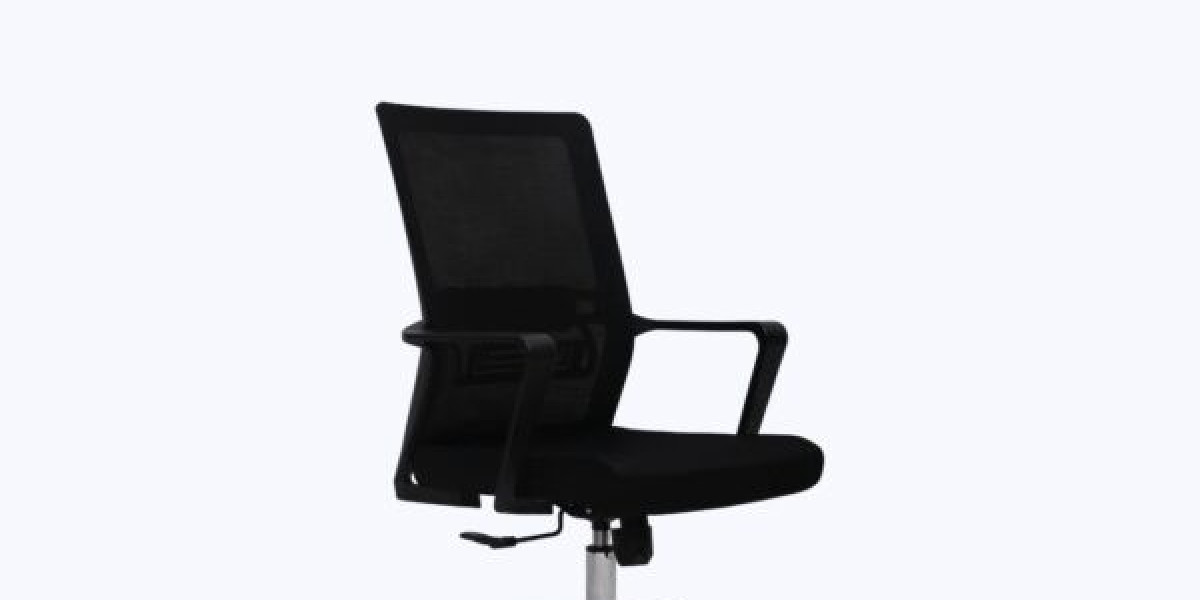The modern workplace is undergoing a profound transformation. With hybrid and remote work models becoming a permanent reality, businesses and individuals alike are rethinking the role of office furniture. The traditional office setup, designed for a fixed nine-to-five routine, no longer caters to the fluid demands of today’s workforce. Employees now divide their time between corporate offices, co-working spaces, and home offices, requiring flexible, ergonomic, and technology-driven furniture solutions that keep productivity and comfort in balance.
The Shift Towards Hybrid and Remote Work
In recent years, the workplace has shifted from a physical location to a more dynamic concept centered on flexibility. Employers are increasingly adopting hybrid models that combine in-office collaboration with remote independence. This evolution has highlighted the importance of adaptable workspaces. Office furniture is no longer just about filling a room; it plays a vital role in shaping how teams engage, focus, and perform. A thoughtfully designed setup supports both individual concentration and group collaboration, regardless of whether employees are present in person or dialing in virtually.
The Role of Ergonomics in Productivity
One of the most crucial aspects of office furniture in a hybrid era is ergonomics. Employees who split time between home and office need furniture that supports healthy posture and reduces physical strain. Ergonomic chairs with lumbar support, adjustable desks, and monitor stands are becoming essential investments. Studies consistently show that comfortable employees are more engaged and less prone to fatigue or injury. In hybrid setups, where employees may not always have access to the same desk, ergonomic flexibility becomes a necessity rather than a luxury.
Designing for Flexibility and Adaptability
Hybrid work has made adaptability a core requirement in office furniture. Adjustable height desks allow employees to alternate between sitting and standing, supporting varied working preferences throughout the day. Modular desks and movable partitions provide organizations with the freedom to reconfigure spaces as teams expand or project needs change. For home-based workers, compact desks that maximize space efficiency without compromising functionality are increasingly popular. The ability to create both private zones for deep work and open areas for collaboration makes furniture selection a strategic business decision.
Technology Integration in Furniture
Furniture solutions today must also align with technology. With meetings often occurring virtually, built-in power outlets, wireless charging stations, and cable management systems are vital. Collaborative workstations equipped with screen-sharing technology and video conferencing tools enable seamless communication between in-office and remote colleagues. Even for home offices, small details like integrated lighting, laptop stands, and sound-absorbing panels make a significant difference in creating a professional and productive environment. When companies invest in technologically compatible furniture, they create workspaces that support efficiency across all work modes.
Balancing Comfort and Aesthetics
While functionality is key, aesthetics should not be overlooked. Employees thrive in environments that feel inviting and inspiring. Hybrid setups, especially those at home, blur the line between personal and professional spaces. Stylish yet comfortable office furniture can enhance motivation and help create a mental boundary between work and leisure. Colors, textures, and materials that complement the environment foster a sense of balance, making employees more likely to embrace hybrid working long-term. Whether in corporate offices or personal studies, furniture that looks good and feels good plays a critical role in sustaining productivity.
Sustainable and Durable Choices
Another growing consideration in furniture solutions is sustainability. Businesses and individuals are becoming more environmentally conscious, preferring furniture crafted from eco-friendly materials and designed for long-term durability. Hybrid and remote work models have reduced daily commutes and office footprints, but they have also created demand for home office setups that last. Investing in high-quality, sustainable furniture minimizes environmental impact while also reducing the need for frequent replacements. In cities such as Karachi, where demand for home-based workspaces is increasing, companies specializing in office furniture Karachi are offering eco-conscious designs that combine resilience with style.
Creating Collaborative Office Environments
Although hybrid work emphasizes remote flexibility, the physical office remains an important hub for collaboration. Companies now prioritize spaces that encourage brainstorming, teamwork, and cultural connection. Communal tables, lounge-style seating, and acoustic furniture for noise control help transform offices into creative collaboration zones. At the same time, private pods and quiet corners allow employees to focus when needed. The right mix of collaborative and individual spaces ensures that the office remains relevant and attractive, giving employees a reason to leave home and engage with colleagues in person.
Home Office Solutions for Remote Workers
Remote work, while offering freedom, presents challenges in terms of space and boundaries. Home offices require furniture that blends seamlessly with residential environments while delivering professional functionality. Compact desks with built-in storage, multi-purpose chairs, and foldable furniture are excellent solutions for limited spaces. For those working long hours, ergonomic seating becomes indispensable. Lighting also plays a crucial role; adjustable desk lamps or furniture with integrated lighting features help maintain focus and reduce eye strain. Ultimately, the goal is to create a home office setup that feels separate from the rest of the household, supporting productivity without sacrificing comfort.
The Impact on Employee Well-Being
Furniture decisions extend beyond productivity—they directly impact employee well-being. Poorly designed furniture can contribute to stress, discomfort, and even long-term health issues. In contrast, ergonomic and supportive furniture boosts morale, reduces absenteeism, and enhances overall job satisfaction. As hybrid models become the standard, organizations must recognize that furniture investments are not merely operational expenses but vital components of employee wellness programs. By prioritizing comfort and functionality, businesses foster healthier and more motivated teams.
Cost-Effective Solutions for Businesses
While the demand for specialized furniture is growing, companies must also consider cost-effectiveness. Not every business can afford to overhaul its entire office setup at once. Many are turning to phased approaches, gradually upgrading workstations, or investing in multi-functional furniture that serves multiple purposes. For example, modular furniture that can be reconfigured easily reduces the need for future purchases as workplace demands evolve. By strategically selecting versatile and durable pieces, organizations can optimize budgets while still offering employees a high-quality hybrid work environment.
The Future of Office Furniture in Hybrid Work
As hybrid and remote work continue to shape the future, office furniture will play a central role in how people experience their professional lives. The emphasis will remain on flexibility, ergonomics, and sustainability, with technology integration becoming even more seamless. Smart furniture equipped with sensors to monitor posture, adjust lighting, or regulate room acoustics may soon become commonplace. Home offices will also continue to evolve, shifting from makeshift setups to permanent, well-designed spaces that blend functionality with personal style.
Conclusion
The transition to hybrid and remote work has redefined the role of office furniture. No longer confined to traditional office layouts, furniture solutions must now accommodate diverse needs, from collaborative in-office teamwork to focused home-based productivity. Ergonomics, adaptability, technology integration, and sustainability are at the forefront of this transformation. Companies that invest in thoughtful furniture solutions not only enhance employee comfort and productivity but also future-proof their workplaces against ongoing change. Whether in corporate headquarters or home studies, the right furniture is the foundation of a thriving hybrid work model.








